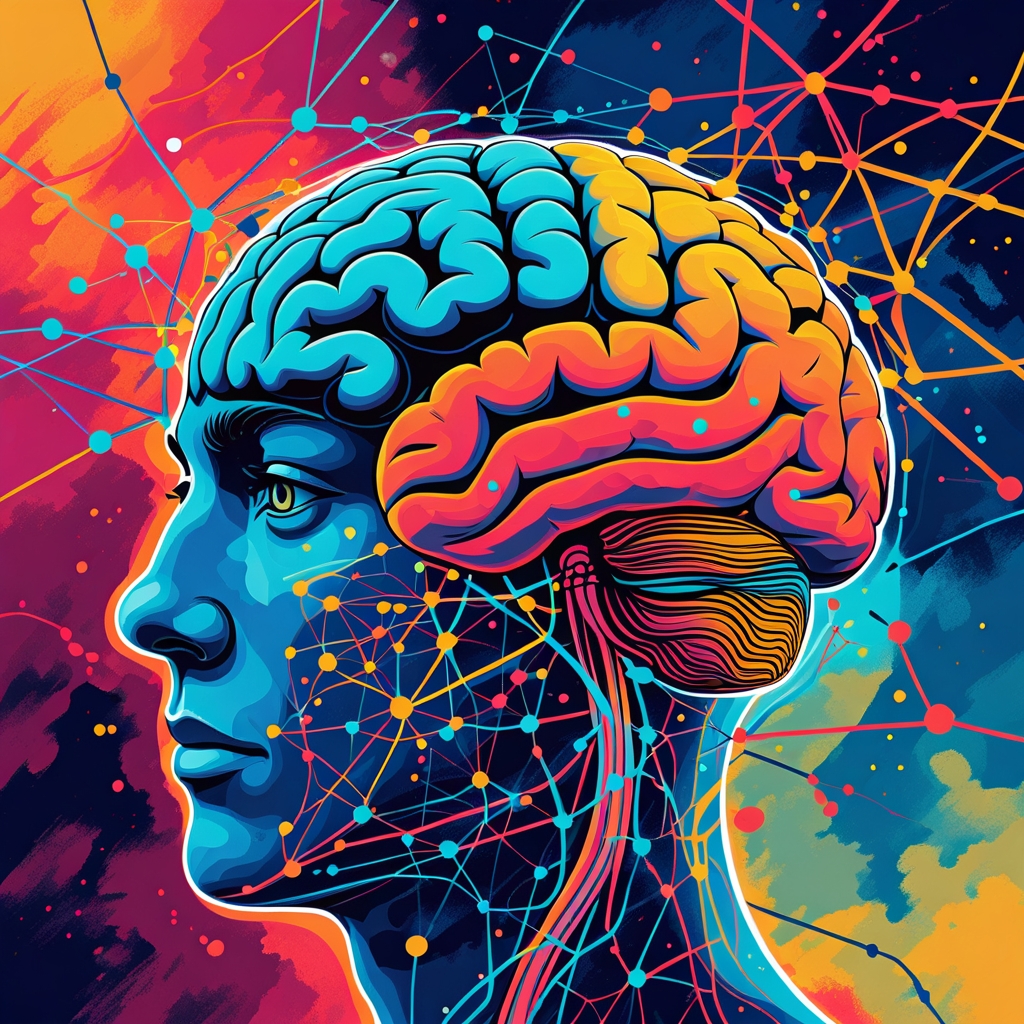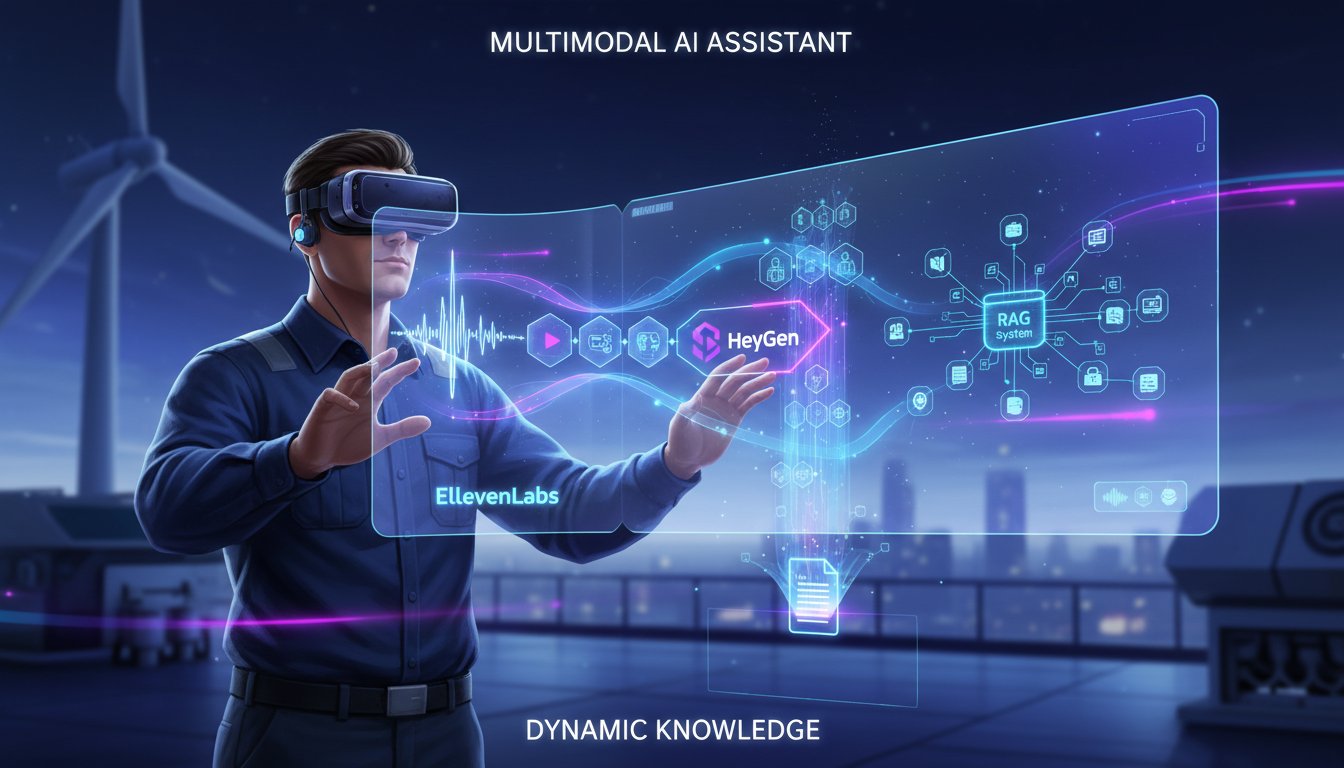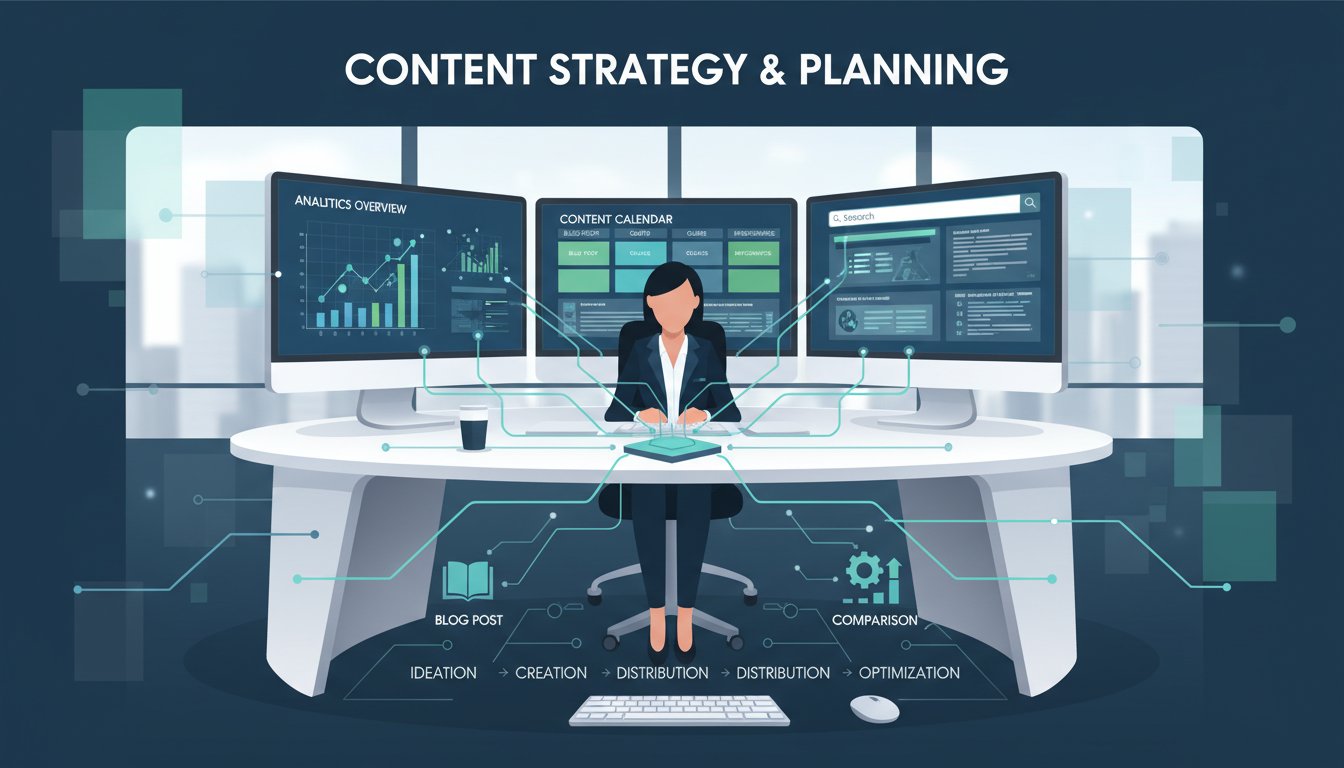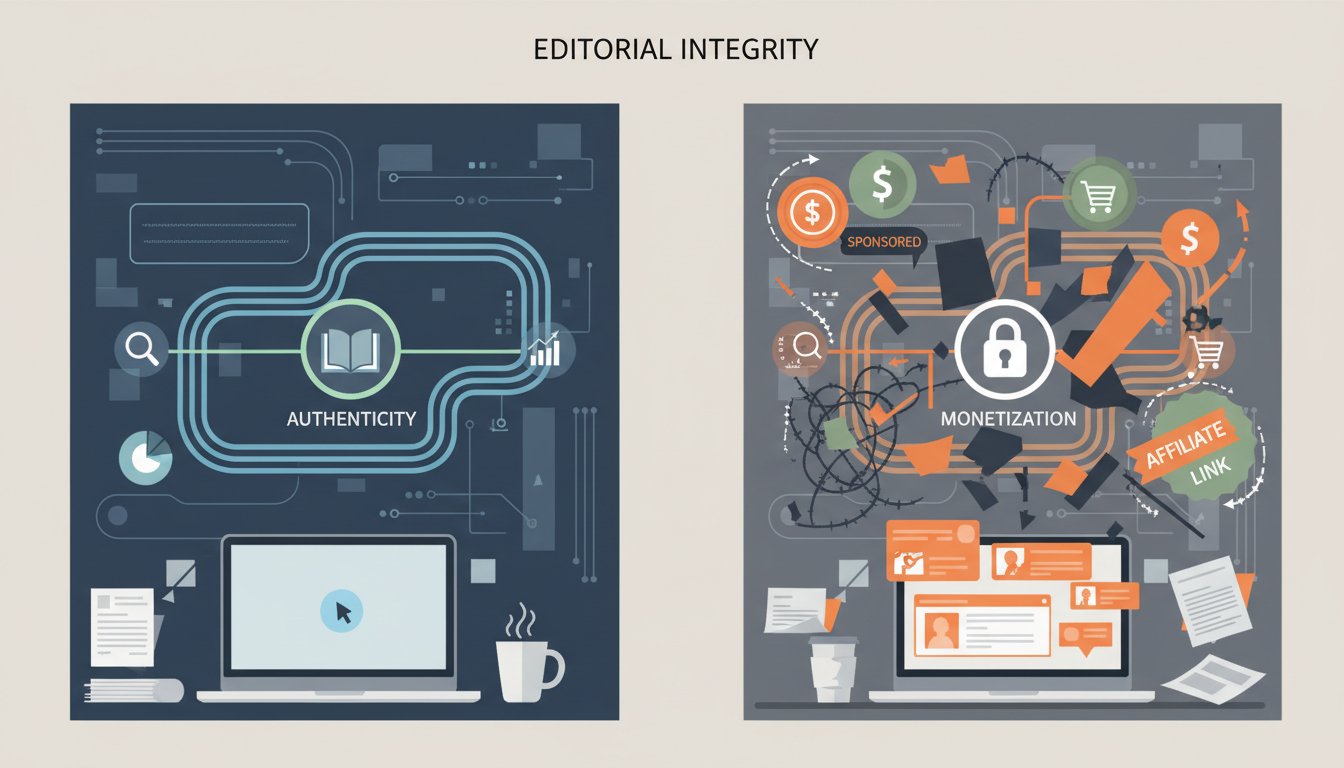Imagine a world where computers don’t just process data, but truly see. Not in the rudimentary way of object recognition, but with a nuanced understanding akin to human perception. This isn’t science fiction; it’s the cutting edge of AI research, and the implications are staggering. We’re diving into the latest breakthroughs that are enabling computers to “see” more like us, and exploring what this means for the future of AI-powered technologies.
The Challenge: Bridging the Perception Gap
For years, AI has excelled at tasks like image classification – identifying cats in pictures or recognizing faces. But true visual understanding goes beyond simple labeling. Humans effortlessly interpret context, understand spatial relationships, and infer meaning from visual cues. Replicating this level of perceptual intelligence in machines has been a formidable challenge.
Early AI vision systems relied heavily on brute-force computation and massive datasets. While effective in controlled environments, these systems often faltered when faced with real-world complexity, noise, and ambiguity. They lacked the flexibility and adaptability of human vision.
The Solution: Brain-Inspired AI
Recent breakthroughs are shifting the paradigm. Researchers are drawing inspiration from the human brain, developing AI architectures that mimic the way our visual cortex processes information. This brain-inspired approach is yielding remarkable results, enabling computers to “see” with greater accuracy, robustness, and understanding.
In this blog post, we’ll explore:
- The key principles of brain-inspired AI and how they’re revolutionizing computer vision.
- Specific examples of AI systems that are learning to “see” more like humans.
- The potential applications of this technology in fields like healthcare, robotics, and autonomous driving.
- The ethical considerations that arise as AI vision becomes more sophisticated.
Expect to gain a deeper understanding of the profound changes happening in the world of AI and how these advancements are shaping our future.
The Dawn of Human-Like Computer Vision
Brain-Inspired Neural Networks
The core of this revolution lies in brain-inspired neural networks. Unlike traditional AI models, these networks are designed to emulate the hierarchical structure and processing mechanisms of the visual cortex. ScienceDaily reported on these breakthroughs, highlighting how these systems are capable of far more than previous image recognition algorithms.
- Hierarchical Processing: Just as the human brain processes visual information in stages, these networks break down complex images into simpler features, gradually building a richer understanding of the scene.
- Convolutional Neural Networks (CNNs): CNNs are a key component of brain-inspired AI. They use convolutional filters to detect patterns and features in images, learning to recognize objects and structures regardless of their position, orientation, or scale.
- Attention Mechanisms: These mechanisms allow the AI to focus on the most relevant parts of an image, ignoring irrelevant details and improving accuracy. Think of it as the AI equivalent of paying attention to the key details in a scene.
Examples in Action
- Improved Object Recognition: Brain-inspired AI is significantly improving object recognition accuracy, even in challenging conditions. For example, these systems can now identify objects in cluttered scenes or recognize objects that are partially obscured.
- Enhanced Scene Understanding: Beyond object recognition, these AI systems can understand the relationships between objects in a scene, inferring context and meaning. For instance, an AI could identify a person holding a leash and conclude that they are walking a dog.
- Visual Reasoning: Some AI systems are even capable of visual reasoning, answering questions about images and making inferences based on visual information. This opens up new possibilities for AI-powered decision-making and problem-solving.
Real-World Applications
Healthcare: Revolutionizing Diagnostics
AI is already making a significant impact on healthcare, and brain-inspired computer vision is poised to accelerate this progress. As highlighted in The Nation Newspaper, AI is breaking ground in cancer research. This has the potential to make cancer diagnoses a much faster process and more readily available to patients in remote areas.
- Medical Image Analysis: AI can analyze medical images like X-rays, CT scans, and MRIs with greater speed and accuracy than human radiologists, detecting subtle anomalies that might be missed by the naked eye.
- Computer-Aided Diagnosis: AI can assist doctors in making more accurate diagnoses, reducing errors and improving patient outcomes.
- Personalized Medicine: AI can analyze patient data and medical images to develop personalized treatment plans, tailoring therapies to individual needs.
Robotics: Empowering Intelligent Machines
Brain-inspired computer vision is also crucial for the development of intelligent robots that can operate autonomously in complex environments.
- Autonomous Navigation: Robots equipped with advanced vision systems can navigate complex environments, avoiding obstacles and making informed decisions about their movements.
- Object Manipulation: Robots can use computer vision to identify and manipulate objects, performing tasks like assembly, packaging, and sorting.
- Human-Robot Collaboration: AI-powered vision can enable robots to collaborate safely and effectively with humans, understanding their intentions and responding to their needs.
Autonomous Driving: Paving the Way for Self-Driving Cars
Autonomous driving is one of the most ambitious and potentially transformative applications of AI vision. Brain-inspired AI is playing a crucial role in making self-driving cars a reality.
- Scene Understanding: Autonomous vehicles need to understand the complex dynamics of the road, identifying other vehicles, pedestrians, traffic signals, and road hazards.
- Predictive Modeling: AI can predict the behavior of other road users, anticipating their actions and making informed driving decisions.
- Real-Time Adaptation: Self-driving cars must be able to adapt to changing weather conditions, traffic patterns, and unexpected events, making adjustments to their driving strategy in real-time.
Ethical Considerations
As AI vision becomes more sophisticated, it’s essential to address the ethical implications. Ensuring privacy, mitigating bias, and promoting transparency are crucial for responsible AI development.
- Privacy Concerns: AI vision systems can collect and analyze vast amounts of personal data, raising concerns about privacy and surveillance.
- Bias and Fairness: AI models can perpetuate and amplify existing biases in data, leading to unfair or discriminatory outcomes.
- Transparency and Accountability: It’s important to understand how AI vision systems make decisions and to hold developers accountable for the consequences of their actions.
The Future of Seeing Machines
Brain-inspired AI is revolutionizing computer vision, enabling machines to “see” the world with greater accuracy, understanding, and intelligence. From healthcare to robotics to autonomous driving, the potential applications of this technology are vast and transformative. As AI vision continues to evolve, it’s crucial to address the ethical considerations and ensure that this technology is used responsibly and for the benefit of all.
Remember the initial image of computers truly seeing? That future is closer than you think. The breakthroughs happening now are laying the foundation for a world where AI can understand and interact with the visual world in ways we never thought possible.
Call to Action
Want to delve deeper into the world of Retrieval Augmented Generation (RAG) and how AI can enhance your business? Explore our resources and discover how RAG can revolutionize your organization’s AI capabilities. Visit our website to learn more and start your journey today!




